Adding to Geovany & Tiffany's answers, if you'd like the text content to be dynamic, you can have it change based on user input with the shinyjs::html function.
For example, I'm using it to display the name of the selected tab in the header. You can access the selected tab name in the server function as long as you have given the sidebar menu an id, in my case this is tabs.
I also had to add an id to the div that is appended to the header in Geovany's code, in this case pageHeader.
Then adding this to the server function will change the header text to display the selected tab, with switch being used to create a more presentable header format. Note the useShinyJs() in dashboardPage parameters:
library(shiny)
library(shinydashboard)
ui <- dashboardPage(
dashboardHeader(
title = "demo"
),
dashboardSidebar(),
dashboardBody(
tags$head(tags$style(HTML(
'.myClass {
font-size: 20px;
line-height: 50px;
text-align: left;
font-family: "Helvetica Neue",Helvetica,Arial,sans-serif;
padding: 0 15px;
overflow: hidden;
color: white;
}
'))),
tags$script(HTML('
$(document).ready(function() {
$("header").find("nav").append(\'<div id="pageHeader" class="myClass"></div>\');
})
'))
),
useShinyjs()
)
server <- function(input, output) {
observeEvent(input$tabs, {
header <- switch(input$tabs,
tab1 = "Tab 1",
tab2 = "Tab 2",
tab3 = "Tab 3")
# you can use any other dynamic content you like
shinyjs::html("pageHeader", header)
})
}
shinyApp(ui, server)
